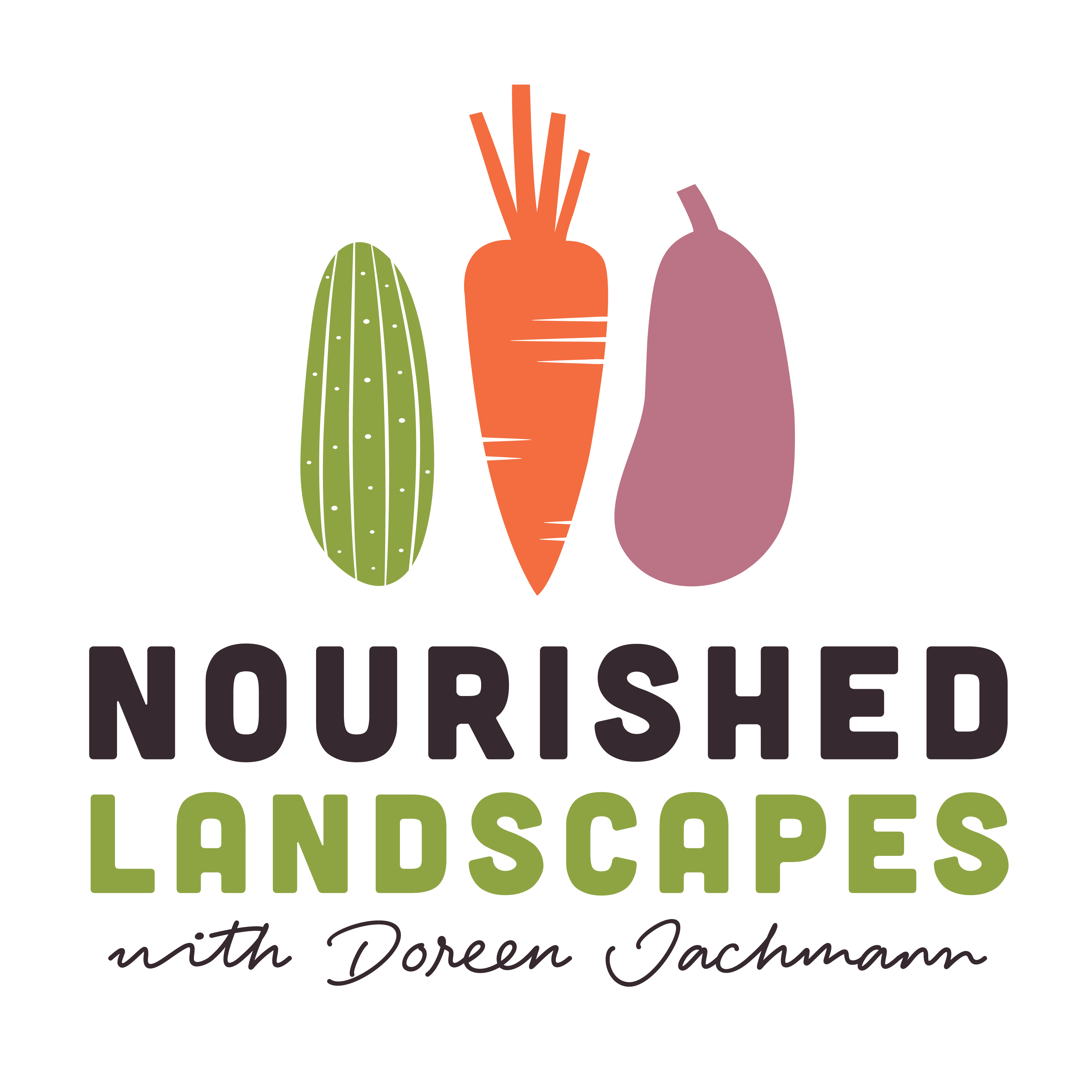Plant Profile Pomegranate

Pomegranate (Punica granatum) - Plant Profile
Pomegranate trees can live for over 200 years if well cared for, making them a symbol of longevity.
Thriving in regions with hot summers and mild winters.
The rind and flowers of the pomegranate are used to make natural dyes for textiles and cosmetics.
The hand grenade is said to have been named after the pomegranate because of its similar shape and seed-like fragments.
Scientists have studied pomegranates as a potential food for space travel due to their high nutritional value and long shelf life.

General Information
Scientific Name: Punica granatum
Common Names: Pomegranate, Grenade, Anar
Family: Lythraceae (formerly Punicaceae)
Origin: Native to regions spanning from Iran to northern India. Well-suited to Mediterranean climates, making it ideal for many parts of Australia.
Description
Type: Deciduous shrub or small tree.
Size: Grows 3–6 metres tall and wide, but can be pruned smaller.
Leaves: Glossy, narrow, dark green.
Flowers: Bright red-orange, trumpet-shaped, and highly attractive to pollinators.
Fruit: Round, with thick leathery skin, ranging in colour from yellow-red to deep crimson. Inside are juicy arils surrounding seeds, encased in a spongy white membrane.

Pomegranate at Nourished Landscapes homestead setting lots of fruit. Growing well in the poultry run.
Permaculture Value
Hardy and Resilient: Thrives in arid and semi-arid climates, making it perfect for Australian regions with low rainfall.
Low Maintenance: Once established, it is drought-tolerant and requires minimal intervention.
Multi-Functional: Provides food, habitat for pollinators, and shade while tolerating poor soils and hot conditions.
Growing Conditions
Climate: Performs best in Mediterranean, subtropical, or temperate zones with hot summers and mild winters.
Soil: Prefers well-drained soil but adapts to sandy, loamy, or even clay soils. A slightly acidic to neutral pH (5.5–7.0) is ideal.
Sunlight: Requires full sun for maximum fruit production.
Watering: Deep, infrequent watering encourages root development, though it needs regular watering during establishment and fruiting.
Frost Tolerance: Can tolerate light frost, but heavy frosts may damage flowers or young growth.
Care and Maintenance
Mulching: Apply organic mulch around the base to conserve soil moisture and suppress weeds.
Pruning: Prune annually in late winter to maintain shape, improve airflow, and remove suckers.
Fertilising: Feed with compost or a balanced organic fertiliser in early spring and after fruiting.
Companions: Plant with nitrogen-fixing species, herbs like rosemary, or flowers that attract beneficial insects.
Pests and Diseases
Common Issues: Aphids, mealybugs, and scale insects may attack, but these are often controlled by natural predators in a balanced permaculture system.
Fungal Diseases: Minimise fruit rot and leaf spot by ensuring good airflow and avoiding overhead watering.
Permaculture Functions
Food Production: High yields of nutritious fruit rich in antioxidants and vitamins.
Wildlife Habitat: The flowers attract bees, butterflies, and other pollinators.
Resilience in Harsh Conditions: A tough, water-wise plant for areas prone to drought.
Erosion Control: Deep root systems stabilise soil, making it a good choice for slopes or degraded land.
Harvesting and Use
Harvesting: Fruit is ready to pick when it feels heavy and sounds hollow when tapped. The skin should have developed a deep, vibrant colour.
Culinary Uses: Arils can be eaten fresh, juiced, or used in salads, sauces, and desserts. Seeds can be dried and ground for spices.
Medicinal Properties: Traditionally used to support digestion, heart health, and skin care.
Good Varieties for Australian Conditions
Wonderful
Description: The most widely grown variety, known for its large fruit, deep red skin, and vibrant arils with a sweet-tart flavour.
Best Use: Juicing, fresh eating, and culinary purposes.
Suitability: Thrives in warm climates, making it ideal for much of Australia.
Azerbaijani
Description: Medium-sized fruit with pale pink skin and soft, juicy arils. It has a mild, sweet flavour.
Best Use: Fresh eating.
Suitability: Adapts well to cooler temperate regions and tolerates moderate frost.
Ben Hur
Description: An Australian-bred variety producing very large fruit with sweet-tart arils.
Best Use: Multipurpose – juicing, eating fresh, and culinary uses.
Suitability: Excellent for warm to hot climates in Australia.
Parfianka
Description: A favourite for its balance of sweet and tart flavours. Fruits have soft seeds and vibrant red arils.
Best Use: Eating fresh, juicing, or drying.
Suitability: Ideal for areas with hot summers and mild winters.
Tips for Selecting Varieties
Climate Suitability: Choose varieties adapted to your region’s climate, particularly if you experience frosts or extreme heat.
Seed Type: For eating fresh, opt for soft-seeded varieties. Hard-seeded types are better for juicing.
Purpose: Some varieties are better for fresh consumption, while others excel in juicing or drying.
With these options, you can select a variety (or mix of varieties) that suits your needs while thriving in Australian conditions.
----------------------------------------------
About the Author
Doreen Jachmann from Nourished Landscapes has been providing permaculture services for over 10 years.
Doreen is passionate about helping people create sustainable and resilient landscapes.
Nourished Landscapes offer a variety of services, including:
* Permaculture design and installation
* Permaculture education, presentations and workshops
* Permaculture consulting
If you are interested in learning more about permaculture, please contact us today!


0 comments
Leave a comment
Please log in or register to post a comment